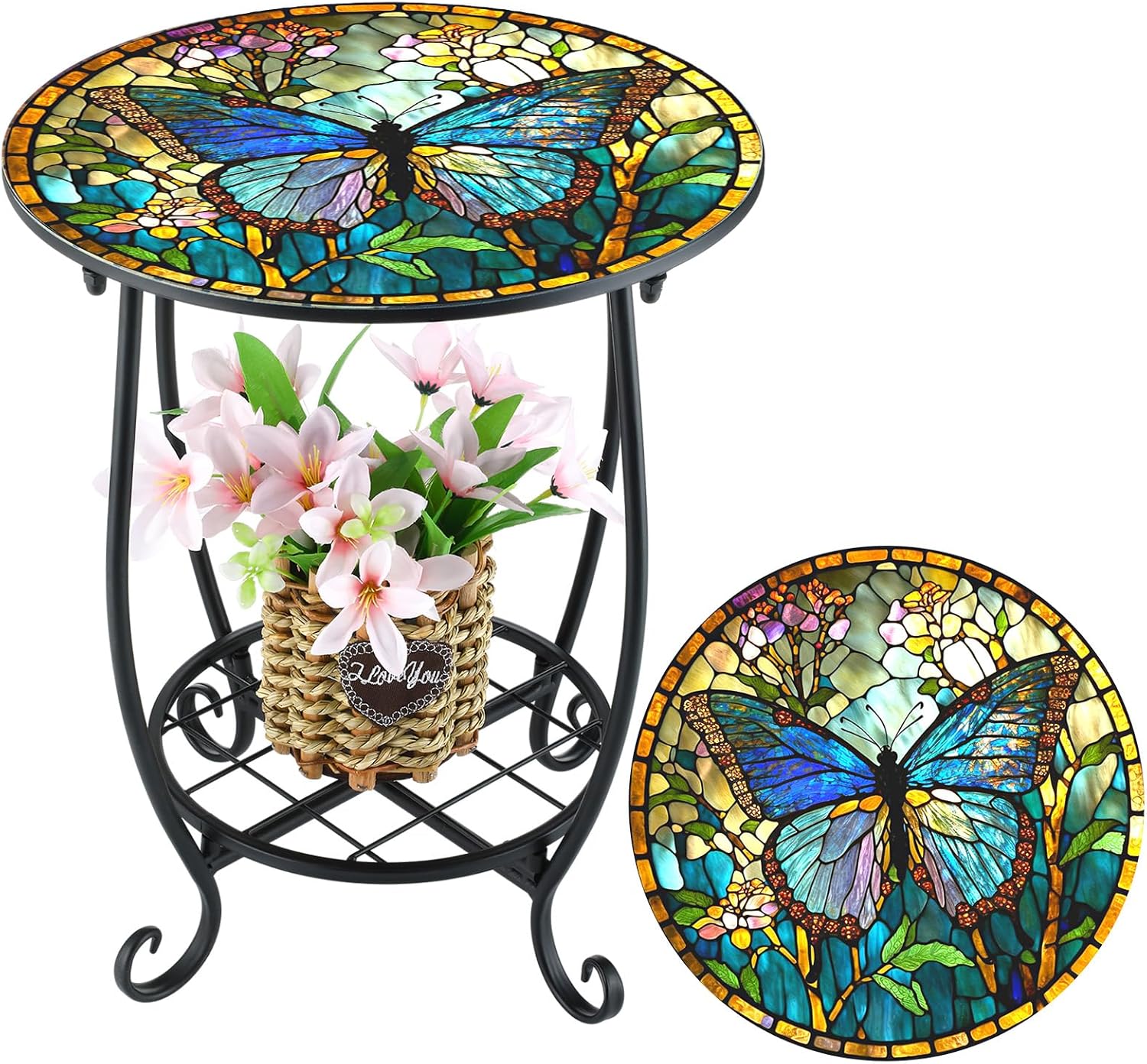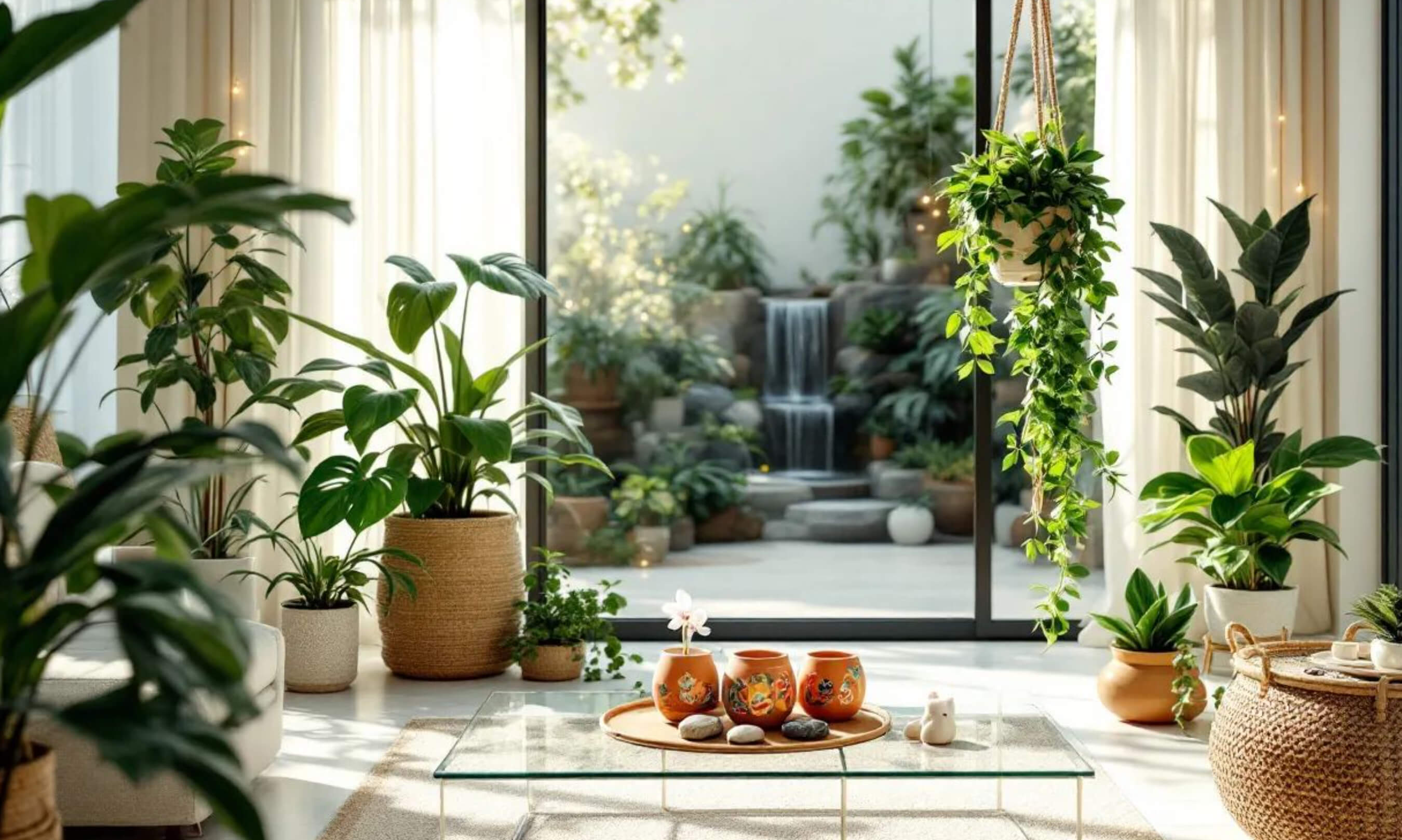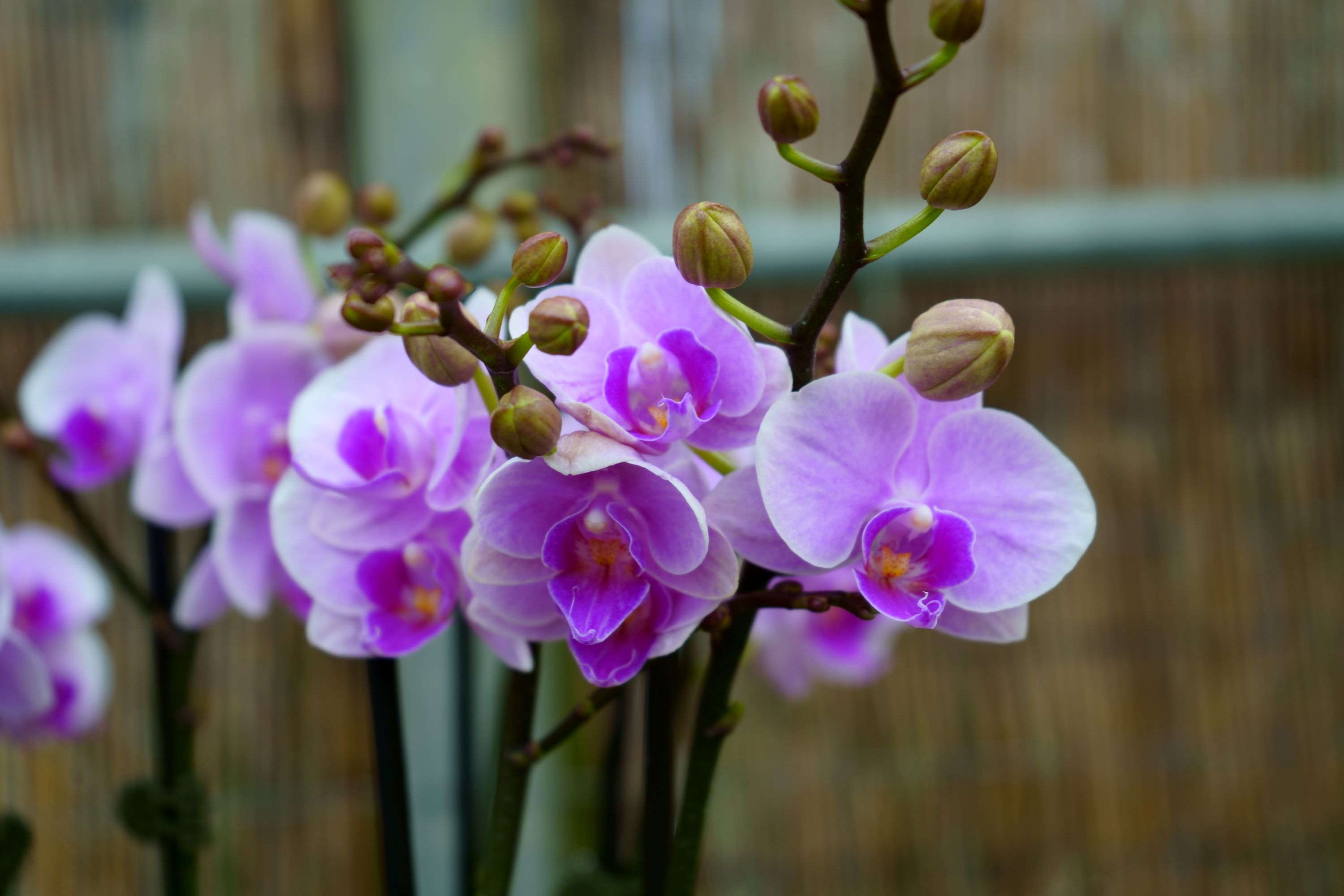- Home
- Fertilizing
- Advanced Fertilizing
How to Fertilize Orchids: Advanced Tips for Thriving Plants
When it comes to how to fertilize orchids, many beginners start with an all-purpose orchid fertilizer like a 20-20-20 NPK mix with micronutrients, which works well for many varieties. However, as your orchid collection grows, you’ll need to dive deeper into advanced techniques to fertilize orchids effectively and meet the unique needs of different species.
Common Signs of Nutrient Deficiency:
- Yellowing leaves
- Lack of blooms or flower spikes
- Stunted growth
- Weak or brittle roots
While factors like light, temperature, or improper watering may contribute; it is more likely to be a macro or micronutrient deficiency, and adjusting your orchid fertilizer formula is often the key to solving these issues

Heavenly Orchids participates in affiliate marketing programs, which means we may earn commissions on qualifying purchases made through our links. We only recommend products we genuinely believe in.
Unlock the Secrets to Beautiful Orchids! Get Your Free Care Guide Today!
How to Fertilize Orchids: Water Quality as the Foundation
The water you use to fertilize your orchids is just as important as the fertilizer itself. Tap water, while convenient, can harm your plants due to unknown pH levels, hardness, or chemical additives like chlorine and fluoride.
Key Tools for Water Quality:
- TDS Meter: Measures total dissolved solids in water.
- pH Meter: Helps you monitor and adjust water acidity or alkalinity.
These two simple tools will be used so that you can make adjustments to the levels of nutrients that you are giving your plants.
Best Water Sources for Orchids:
- Reverse Osmosis Water: Pure and free of impurities.
- Distilled Water: A great alternative to tap water.
- Rainwater: Naturally soft and ideal for orchids.
Pro Tip: If you’re serious about orchid care, consider investing in a reverse osmosis water system. It’s not only great for your plants but also provides clean, healthy drinking water for your household.
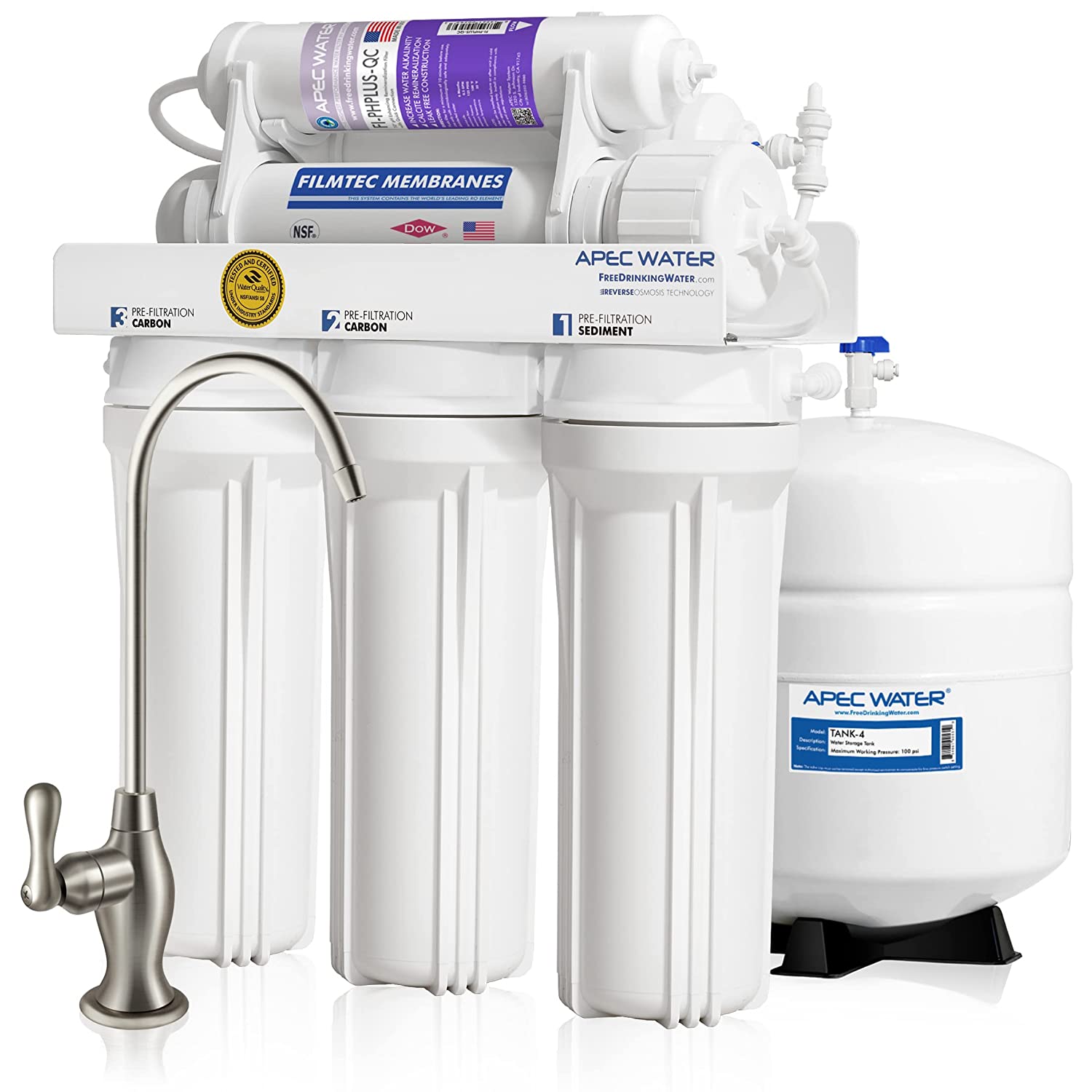
APEC Water Systems Top Tier Supreme Certified Alkaline Mineral pH+ High Flow 90 GPD 6-Stage Ultra Safe Reverse Osmosis Drinking Water Filter System (Ultimate RO-PH90)
Understanding Total Dissolved Solids (TDS)
Total dissolved solids (TDS) measure the concentration of metals, minerals, salts, and other substances in water. High TDS levels can indicate impurities like pesticides, chlorine, or fluoride, which are harmful to orchids.
- Natural TDS Levels in Rainwater: 20–50 ppm (parts per million).
- Ideal TDS for Orchid Fertilizer: 120–160 ppm.
Why TDS Matters:
- Ensures your orchids receive the right amount of nutrients.
- Prevents over-fertilization, which can damage roots.
How to Measure TDS:
- Use a TDS meter to test your water.
- Adjust your fertilizer mix to stay within the 120–160 ppm range.
By using rainwater, distilled water, or reverse osmosis for watering our plants, we are starting at near a level of purity as a control basis point for fertilizer measurements. If you wish to learn more about total dissolved solids, there are many sources of more detailed information, you can visit the Safewater site here.
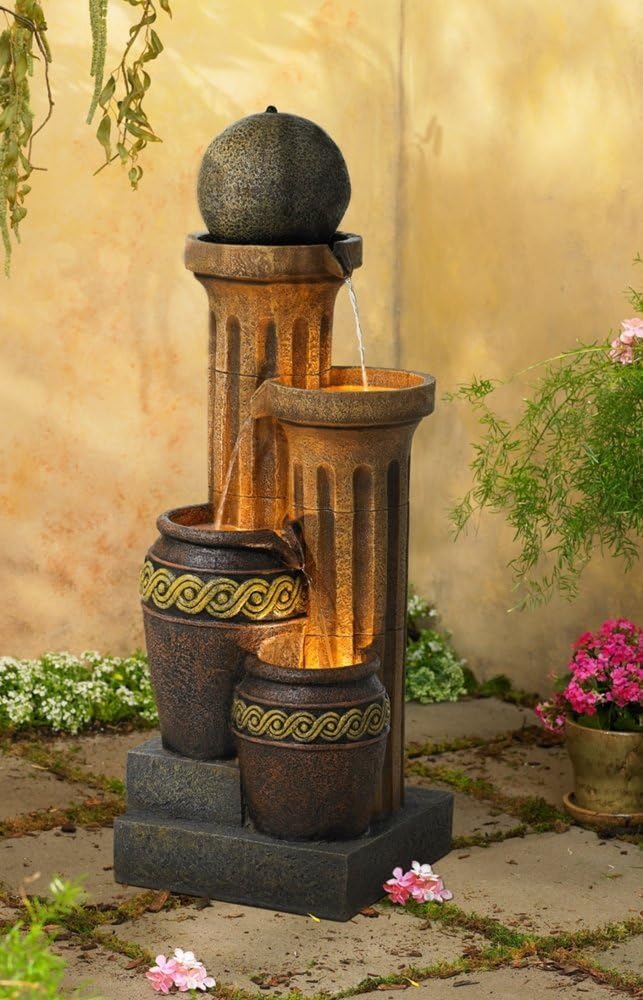
- 50" rustic fountain with LED lights and cascading water.
- Lightweight resin and stone construction, easy to move.
- Includes water pump, 3 LED bulbs, and 6-foot cord.
- Perfect for gardens, patios, balconies, or indoor spaces.
- Creates soothing ambiance with 4-tiered water flow design.
The Role of pH in Orchid Fertilization
pH is a measurement of water alkalinity or acidity. pH levels play a critical role in nutrient uptake. Measured on a scale of 0–14:
- 7 is neutral.
- Below 7 is acidic.
- Above 7 is alkaline.
Optimal pH for Orchids:
- Ideal Range: 5.5–6.5.
- Sweet Spot: 5.8 for most nutrient absorption.
How to Adjust pH:
- Use a hydroponic pH up or down solution.
- Add a few drops, stir, and retest until you reach the desired pH.
Pro Tip: It is beneficial to vary the pH level between 5.5 and 6.5 on occasion to allow for better uptake of some macro or micronutrients that might otherwise not absorb as well at pH 5.8.
How to Apply Fertilizer to Orchids
When fertilizing orchids, remember the golden rule: “Water weakly, weekly.” This means using a diluted fertilizer solution regularly rather than a concentrated dose.
Steps for Fertilizing Orchids:
- Mix your fertilizer with pure water (reverse osmosis, distilled, or rainwater).
- Use a TDS meter to ensure the solution is between 120–160 ppm.
- Adjust the pH to 5.8 using a pH up or down solution.
- Water your orchids thoroughly, allowing excess to drain.
For an advanced example, let's say that we wanted to create a custom blend of fertilizer of Calcium Nitrate, Epsom Salts, Kelp, and a macro/micronutrient combination, the total dissolved solids should never be more than 160 parts per million. With the aid of a TDS meter we can keep track of the amount of nutrients that we are adding. We only need to add a pinch or few drops of the various nutrients, a little goes a long way.
Design Tips for Orchid Enthusiasts
Creating the perfect environment for your orchids goes beyond fertilization. Here are some design tips and product recommendations to enhance your orchid-growing space:
1. Lighting Solutions:Orchids need bright, indirect light. Consider LED grow lights for consistent lighting in low-light areas.
2. Water Features: Add a small indoor waterfall to increase humidity levels.
3. Potting Mediums: Use orchid-specific potting mixes for better drainage and aeration.
4. Home Improvement: Install shelving with built-in lighting or a greenhouse window for optimal growing conditions.
5. Water Filtration: Invest in a reverse osmosis system for pure water, benefiting both your orchids and your household.
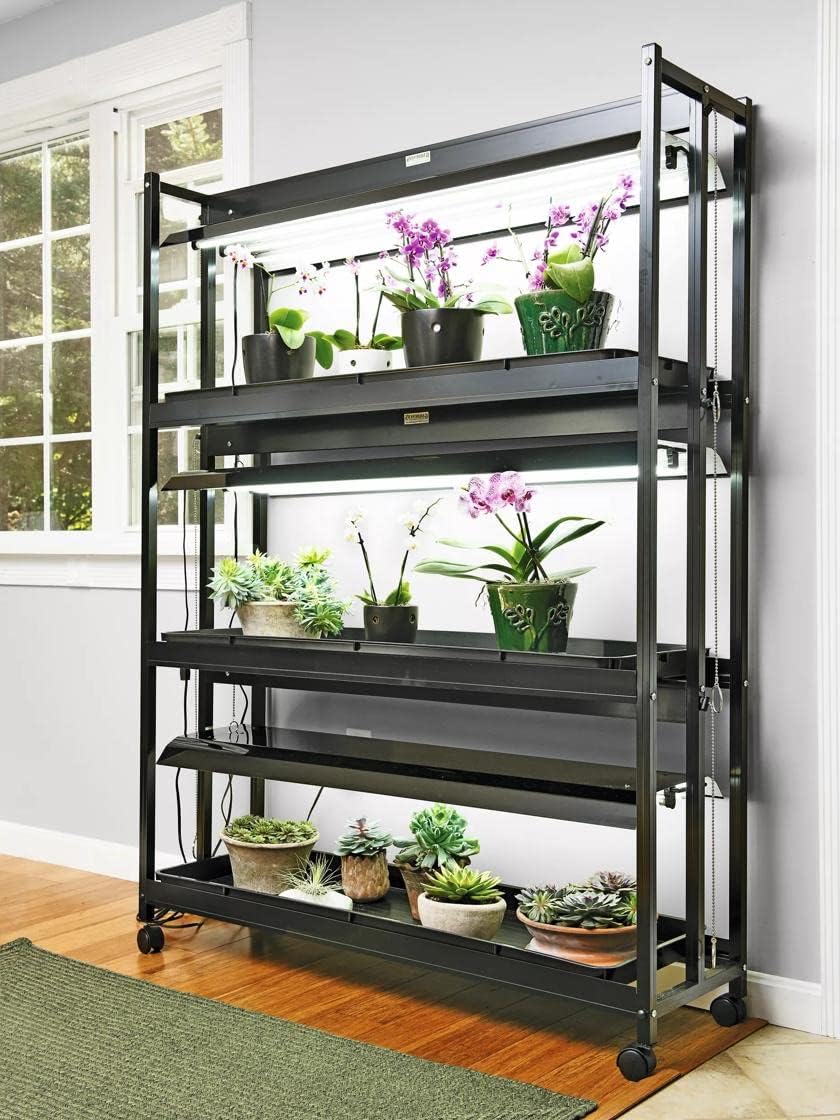
Gardener's Supply Company 3-Tier LED Grow Light Plant Stand with 3 Watertight Shelf Trays & 9 Full-Spectrum 20W High Intensity 6500K Color Bulbs for Optimal Indoor Lighting. Each fixture has two full-spectrum LED lights to ensure the fastest, healthiest growth and strongest and sturdiest plants — including orchids. Made in USA
Putting It All Together
At Heavenly Orchids, our goal is to make orchid care simple and effective. While there’s no one-size-fits-all approach to fertilizing orchids, following these guidelines will help you provide the right nutrients for a wide variety of species.
Key Takeaways:
- Start with pure water (reverse osmosis, distilled, or rainwater).
- Maintain a TDS of 120–160 ppm.
- Aim for a pH of 5.8 for most feedings.
- Adjust fertilizer ratios and pH levels as needed for specific nutrient deficiencies.
By combining precise fertilization techniques with thoughtful design and high-quality products, you’ll create an environment where your orchids can thrive.
